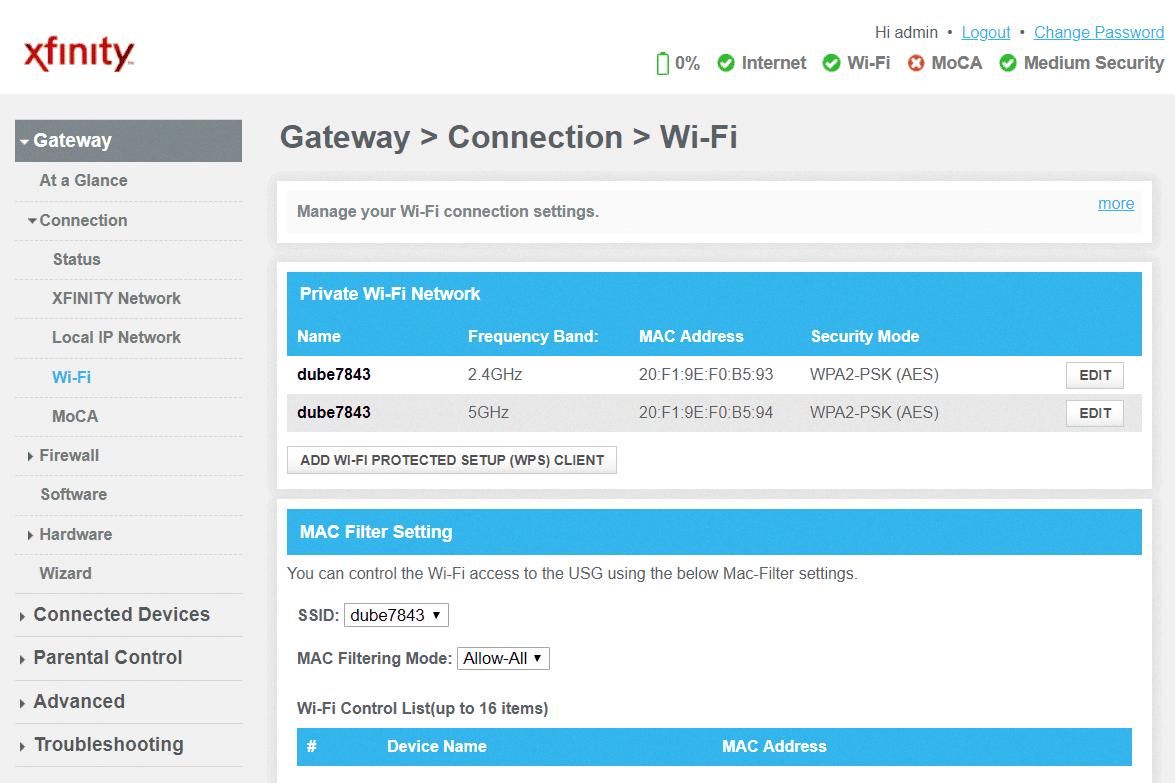Network security keys are an important component of wireless network security. They ensure that only authorized users have access to the wireless network, and prevent outsiders from intercepting your data. Even if someone is physically close enough to your network to pick up its signal, they will not be able to access it without the proper security key. So, if you’re haing trouble connecting to a wireless network, the first step should be finding out what the network security key is.
The easiest way to find a network security key is to look for a sticker on the back or bottom of your router. Many routers come with a label that has the name of the router aong with its serial number and default login information (including the encryption key). While this method may work for some routers, it may not work for all routers since some do not include labels or stickers with such information.
If you can’t find a label on your router, you can try logging into your router’s settings page by typing in its IP address into a web browser window (you may need to consult your router’s manual for this step). Once logged in, navigate to the “wireless settings” page wich will have information about the encryption type and security key used for your wireless connection.
Once you have found out what type of encryption is used by your wireless connection, you can look up instructions online on how to retrieve its security key usng Windows or Mac OS X based computers. For example, if you are using WEP encryption, then you can use Windows Command Prompt (or Terminal in Mac OS X) command line utility to retrieve your WEP key from within Windows or Mac OS X operating system. Instructions on how to do this can be found online easily by searching for “wep key retrieval windows/mac” (replace windows/mac with either one depending on which operating system you are using).
In summary, finding out what your network security key is can be quite simple if thee is a sticker on your router that includes such information. If not, then logging into your router’s settings page and consulting online resources should help you get access to it easily.
What Is the Network Security Key for My Router?
The network security key on your router is a unique password that allos you to access the wireless network associated with the router. It is sometimes referred to as a Wifi or Wireless network password. The network security key is preset when the router is shipped, but it can be changed on the settings page of the device. To protect your privacy and security, it is important to choose a strong, unique password for each router you own and regularly update it.

Source: lifewire.com
Is the Network Security Key the Same as the Password?
Yes, the network security key is the same as your Wi-Fi password. It is a form of encryption used to protect your wireless network from unauthorized access. The security key is typically a combination of letters, numbers, and characters that you enter when connecting to your Wi-Fi network. It’s important to remember this key, since you will need it every time you want to access your wireless connection.
What to Do If I Forget My Network Security Key
If you have forgotten your network security key, thre are a few steps you can take to locate it. First, check the bottom or side of your router for a sticker that lists the default password. If you are unable to find the default password on your router, then you may need to refer to your router manual. If you do not have access to the manual, then it might be helpful to contact the manufacturer of the router and explain your situation. They may be able to provide assistance in finding or resetting the security key.
What Does a Network Security Key Look Like?
A network security key is a combination of characters that is used to protect your wireless network and keep it secure. It typically looks like a string of letters, numbers, and symbols (for example: F23Gh6d40I). The length and composition of the key can vary depending on the type of security your router uses, such as WEP, WPA or WPA2. The key should be kept confidential, as it is the only way to access your network.
Troubleshooting Wi-Fi Connection Issues on Laptop
It’s possible that your laptop is not connecting to Wi-Fi because the wireless adapter or driver on your laptop is out of date. To resolve this issue, try updating the wireless adapter or driver. First, select the network adapter, press and hold (or right-click), then select Update driver > Search automatically for updated driver software. Follow the instructions to install the updated driver, then restart your laptop if you’re asked to restart. If this doesn’t fix the connection issue, you may need to check for other caues such as outdated firmware or incompatible settings on your router.
Source: businessinsider.com
Connecting to Wi-Fi Without a Security Key
The best way to connect to a Wi-Fi network without a security key is to use the WPS (Wi-Fi Protected Setup) protocol. This protocol alows for easy connection to a network without needing to enter any passwords or security keys. To use it, you’ll need your router to be WPS-enabled, and then you can follow these steps:
1. Launch the “Settings” app from the Home screen.
2. Navigate to the “Network and internet settings” section.
3. Tap on “Wi-Fi.”
4. Select “Additional settings.”
5. Tap the “Connect by WPS button” option.
6. Next, a dialog should open telling you to push the “WPS button” on the router.
7. Once you press this button, your device will be connected automatically without needing a security key or password!
Finding the Network Security Key in Windows 10
To find your network security key on Windows 10, right-click on the Start Menu and select Network Connections. Scroll down and click on Network and Sharing Centre, then click on your Wireless network. Click on the Wireless Properties button to open the Wireless Network Properties window. On the Security tab, you will see that your password is masked. Click on Show Characters to view your network security key.
Connecting a Laptop to Wi-Fi
To get your laptop connected to Wi-Fi, start by selecting the Network icon on the far rght side of the taskbar. Then, from the Wi-Fi quick setting, select Manage Wi-Fi connections (>). Choose the desired Wi-Fi network, then select Connect. Type in the network password and select Next. If you have enabled a security protocol such as WEP/WPA/WPA2, you may be asked to enter additional information before connecting. Once completed, your laptop should be successfully connected to the Wi-Fi network.
Checking the Security of a Wi-Fi Network
To check your Wi-Fi security, open the Settings app on your mobile device. Access the Wi-Fi connection settings. Find your wireless network on the list of available networks and tap the network name or info button to pull up the network configuration. Look for the security type in this window – it is uually located near the top of the page and may be labeled as “Security type”, “Encryption type”, or “Authentication”. The security type should be listed as WEP, WPA2, or WPA3. If no security type is listed, then your Wi-Fi is not secure and you should set up a secure connection immediately.
Troubleshooting No Wi-Fi Networks Found on a Computer
There could be a few reasons why your computer is not finding any Wi-Fi networks. First, check to make sure that the Wi-Fi on your computer is enabled. To do this, go to Start > Settings > Network & Internet and make sure that the Wi-Fi setting is enabled.
Next, try restarting both your computer and your Wi-Fi router, as this can often help refresh the connection. Additionally, check to see if other devices like phones and tablets are able to connect to the Wi-Fi network. If they are, then there may be an issue with your computer’s wireless settings or drivers.
If none of these steps have helped and you still cannot find any Wi-Fi networks, then it’s possible that you are out of range of any avaiable networks or that there is some kind of interference blocking the signal. In this case, try moving closer to where the router is located or ask your service provider if they can troubleshoot the issue further.
Locating the Network Security Key on a HP Laptop
On a HP laptop, the network security key (also sometimes referred to as a Wi-Fi password or wireless security key) can usally be found beneath or next to the Wireless Network Name or SSID. It may be labeled as Wireless Security Key/Password, Wi-Fi Password, Network Password, or Network Key. You may need to check your laptop’s manual for more information on how to locate the network security key if it is not immediately visible. Alternatively, you can also try looking for the network security key in the Network and Sharing Center in Windows Control Panel.
Conclusion
A Network Security Key (or WEP/WPA key) is an important part of any network security setup. It is used to encrypt the data that travels acoss a wireless network, protecting it from unauthorized access. The key should be kept secure and changed regularly to ensure that the network remains secure. In addition to using a strong password, it is also recommended that users enable two-factor authentication for increased protection. Additionally, all devices on the network should be up-to-date with the latest security patches and antivirus software should be installed and regularly updated. By taking these steps, users can ensure their network is as secure as possible.








